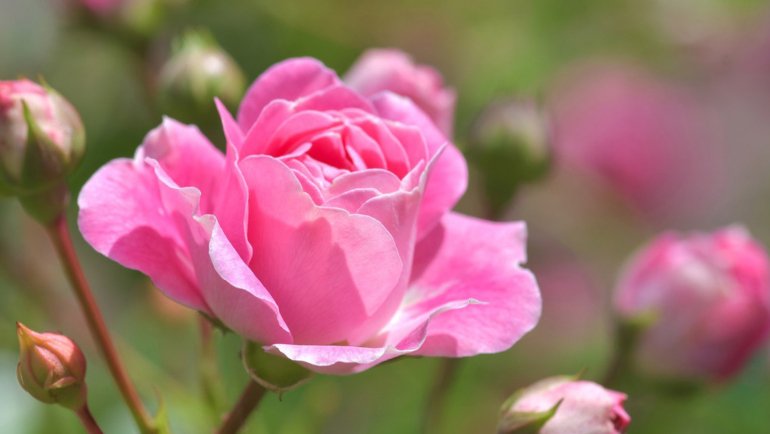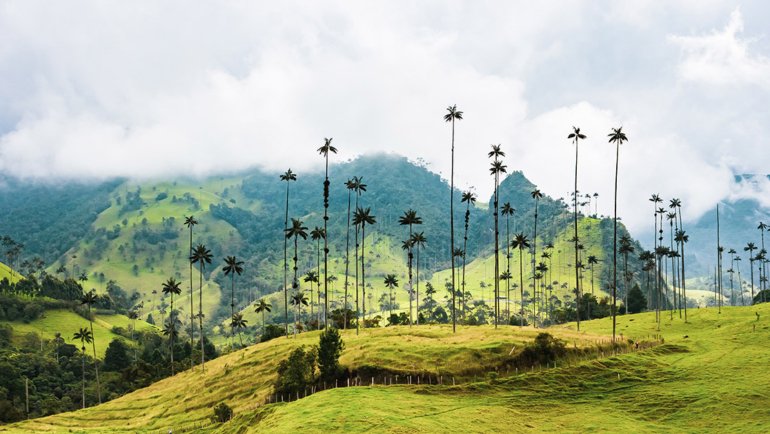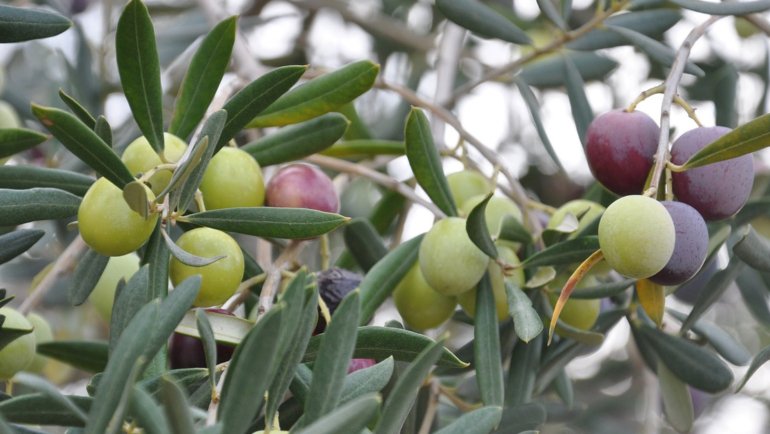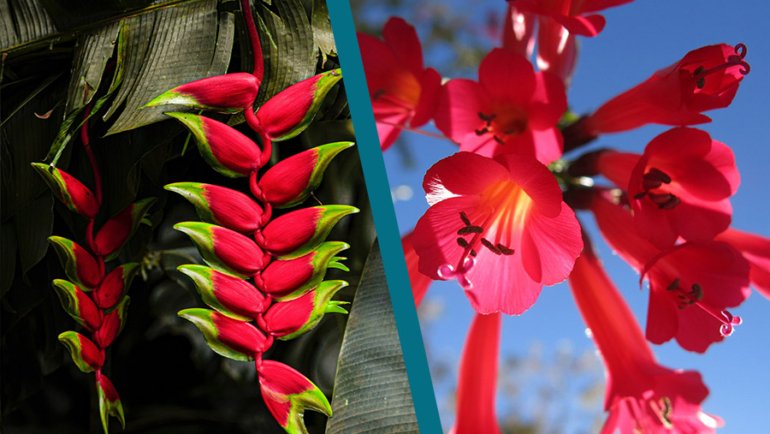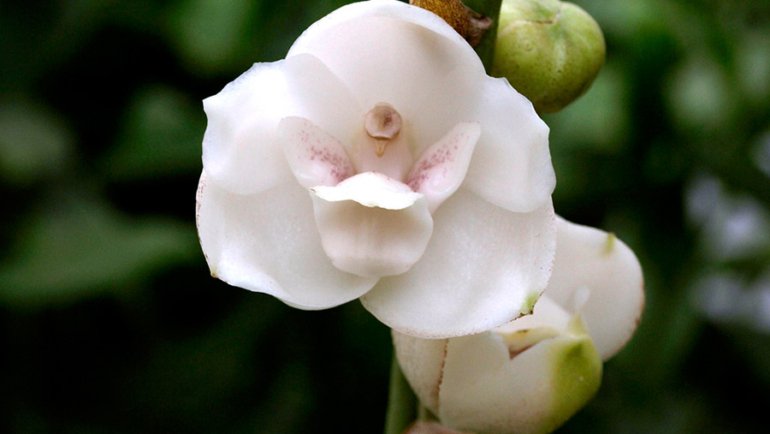Ecuador, a country that is as diverse in its landscape as it is in its culture, is also home to a remarkable national tree with a story that could rival any modern medical drama. Meet the Cinchona tree, locally known as “Quina,” a life-saver in the truest sense of the word.
Did you know that this tree was named after a countess who was among the first Europeans to benefit from its healing properties? Read on, and you’ll find out why this unassuming tree is not just a symbol of Ecuador but a global symbol of healing and discovery.
Discover The Cinchona Tree, the National Tree of Ecuador
The Cinchona tree, scientifically known as Cinchona pubescens, belongs to the Rubiaceae family. It’s one of thirty-eight species in the Cinchona genus that are indigenous to the Andean forests of western South America, including Ecuador. The tree often manifests as either a large shrub or a small tree, typically growing between 20 and 50 feet tall (6 to 15 meters).
Its leaves are evergreen and shiny, presenting a lush façade throughout the year. The Cinchona blooms with striking pink, white, or red flowers, which later give way to a small fruit containing multiple seeds.
The bark of the tree is its most iconic feature, being the source of the powerful medicine quinine. Its shape is upright, with a canopy that spreads out gracefully, giving it both an elegant and robust appearance.
Where Does the Cinchona Tree Grow?
Originally, the Cinchona tree is found in the tropical Andean forests of South America, particularly in Ecuador. It thrives in varying altitudes ranging from 1,000 to 12,800 feet (300 to 3,900 meters), making it a highly adaptable species. The tree prefers areas with plenty of rainfall and well-drained soils.
It has also been introduced to other parts of the world and has unfortunately become invasive in some areas with tropical climates. Specific measures have been taken in places like the Galapagos National Park to control its spread, given its potential to overwhelm native flora.
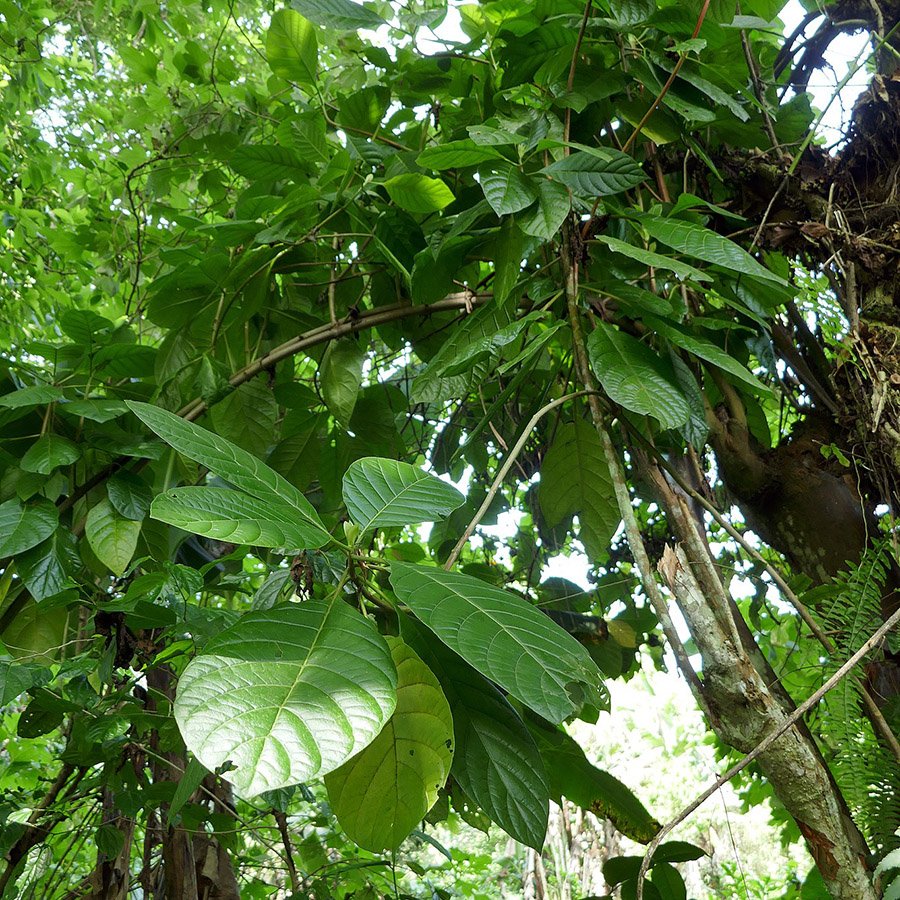 Source: Wikimedia Commons
Source: Wikimedia CommonsThe Cinchona in the Ecosystem
The Cinchona tree plays a significant role in its native ecosystems, beyond its famous medicinal properties. Its dense foliage and flowering habits offer food and shelter for various species of birds, insects, and small mammals. The nectar from its vibrant flowers attracts pollinators like bees and hummingbirds, essential for maintaining the biodiversity of the region.
Additionally, the Cinchona contributes to soil fertility through its nutrient-rich leaf litter, which benefits a myriad of plants that share its habitat. Its root system also helps control soil erosion, particularly in the sloped terrains of the Andean mountains, thereby contributing to overall ecosystem health.
Why and When Did The Cinchona Become The National Tree of Ecuador?
The Cinchona holds a unique spot in Ecuadorian heritage due to its medicinal qualities that have made it globally significant. It symbolizes the confluence of traditional indigenous knowledge and modern scientific discovery.
Named after the Countess of Chinchón, who was cured of malaria using its bark, the tree’s story highlights a crucial episode where Western and Indigenous cultures met in the realm of medicine.
It was designated as Ecuador’s national tree not just because it is native to the country, but also because of its monumental impact on global health.
The extraction of quinine from the Cinchona’s bark led to the first effective treatment of malaria, a disease that has plagued humanity for centuries. This global impact made the tree a symbol of life and healing, a natural choice for a national symbol.
However, the tree’s status hasn’t been without controversies. Due to its significant economic value in the past, there was heavy logging, which led to the depletion of the tree in some areas. This has caused tension between conservationists who aim to protect the Cinchona and economic interests that see the tree as a resource to be exploited.
Moreover, its invasive spread in some regions, like the Galapagos, has raised questions about how to manage a tree that is both a national treasure and an ecological concern in certain contexts.
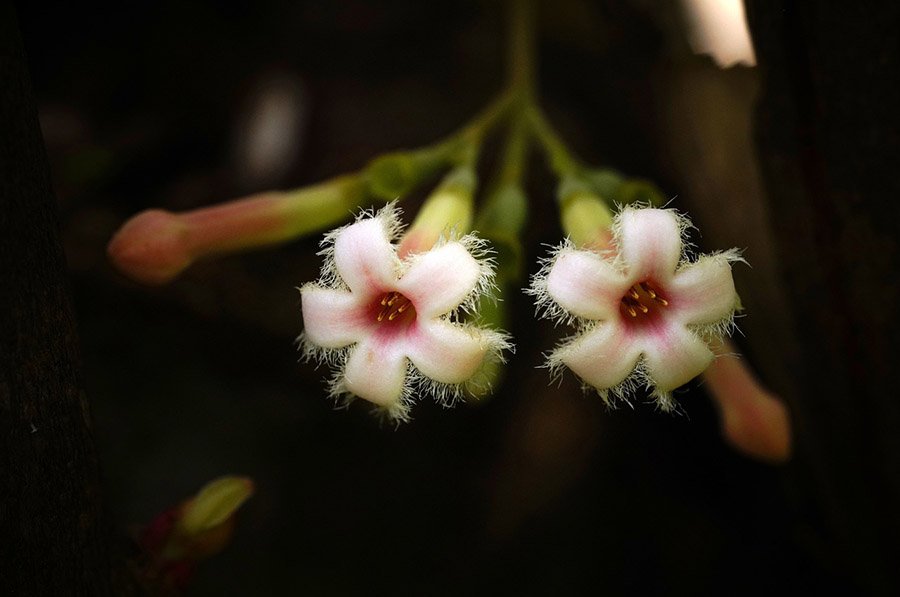
Where is the Cinchona Featured in Ecuador?
While the Cinchona may not adorn the Ecuadorian flag or banknotes, its cultural and historical significance is commemorated in other ways. For instance, you may find the tree depicted in educational material and botanical gardens throughout the country. Moreover, the Cinchona has also inspired artwork and literature, becoming a symbol of Ecuadorian nature and medical heritage.
Names of the Cinchona Tree
The Cinchona tree goes by various names depending on the context and region. Locally, it is often called “Quina” or “Cascarilla.” In scientific nomenclature, it is known as Cinchona pubescens, one of the 38 species in the Cinchona genus.
The tree is also sometimes referred to differently in other countries where it grows or is known. In Peru, for example, it may be called “Quina-Quina.” Among indigenous communities, it has specific names that vary by language and region, though these names often translate to terms related to healing or fever-reducing.
Interesting Facts About The Cinchona
- Medicinal Milestone: Quinine, the medicine derived from the Cinchona bark, was the first chemical compound to be successfully used to treat a parasitic disease, malaria.
- Invasion Issues: Ironically, while the Cinchona is native to Ecuador, it has become an invasive species in places like the Galapagos Islands, where it threatens local flora.
- Naming Nuances: The Cinchona was named by Carl Linnaeus in honor of the Countess of Chinchón, though there is no definitive proof that she was the first European to be treated with quinine.
- Biodiversity: The tree is part of a larger family of plants, Rubiaceae, which includes other significant members like coffee plants and gardenias.
- Cultural Representations: In Ecuadorian folklore, the Cinchona is sometimes considered a “healing goddess,” and tales about its discovery and healing powers are common in local storytelling.
- Unique Adaptations: The tree has adapted to a wide range of altitudes and climates, from 300 to 3,900 meters above sea level, demonstrating a remarkable flexibility in habitat.
- Symbiotic Relationships: The Cinchona has a symbiotic relationship with certain soil bacteria that help it absorb essential nutrients, further demonstrating its ecological importance.
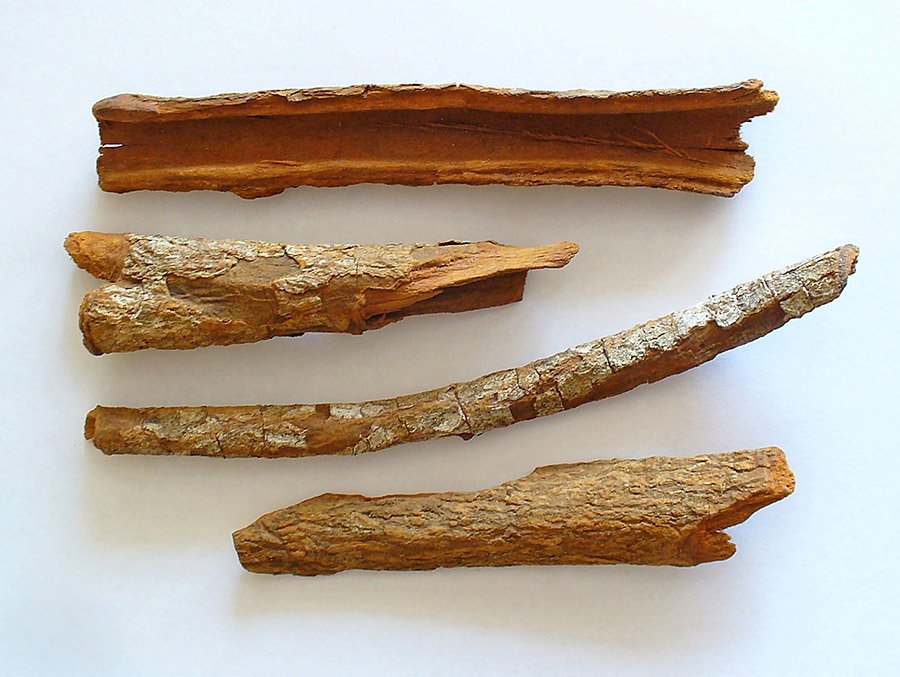
Other Beautiful Trees Native To Ecuador
- Ceibo (Ceiba trichistandra): This tree is often considered iconic to Ecuador and is most famous for its umbrella-like canopy and thorny bark.
- Guayacan (Tabebuia chrysantha): Known for its vibrant yellow flowers, the Guayacan bursts into bloom just once a year, creating a spectacle that attracts both locals and tourists.
- Pumamaqui (Oreopanax ecuadorensis): This evergreen tree is native to the Andean region and is often used in local traditional medicine.
- Tagua Palm (Phytelephas aequatorialis): Also known as the “vegetable ivory palm,” this tree produces nuts that are often used as a sustainable alternative to elephant ivory in crafts.
- Ecuadorian Walnut (Juglans neotropica): This native walnut tree is appreciated for its fine-grained, dark wood, which is often used in furniture-making.
What Is The National Flower of Ecuador?
The national flower of Ecuador is the Chuquiraga, also known as the “flower of the Andes.” This native shrub features bright orange flowers and is adapted to survive in the harsh Andean environment. It is a symbol of the resilience and beauty of Ecuador’s diverse ecosystems. Much like the Cinchona tree, the chuquiraga is deeply embedded in the cultural and natural landscape of Ecuador.
Frequently Asked Questions
Is the Cinchona tree endangered in Ecuador?
While the Cinchona is not officially listed as endangered, it is a focus of conservation efforts due to its medicinal importance and ecological role.
How is quinine extracted from the Cinchona tree?
Quinine is primarily extracted from the bark of the Cinchona tree through a process that involves drying, grinding, and then chemically isolating the compound.
Why is the Cinchona considered invasive in some areas?
The Cinchona has been introduced to various parts of the world for its medicinal properties, but in some regions like the Galapagos Islands, it has become invasive, outcompeting native flora.
Can you visit Cinchona forests in Ecuador?
Yes, there are several protected areas and reserves where you can witness the Cinchona tree in its natural habitat, though it’s best to check specific visitor guidelines and restrictions.
What other symbols are considered national symbols in Ecuador?
In addition to the Cinchona tree and the chuquiraga, the Andean Condor is the national bird of Ecuador. The national coat of arms also features significant elements like a sun, a ship, and the astrological signs for Aries, Taurus, Gemini, and Cancer.
